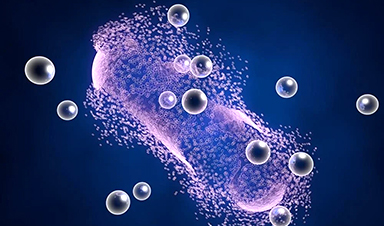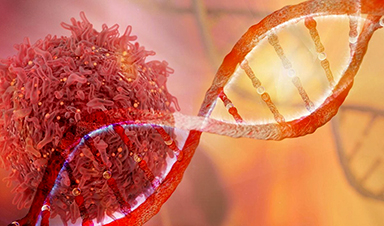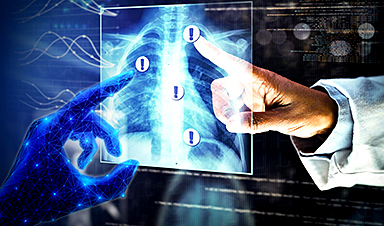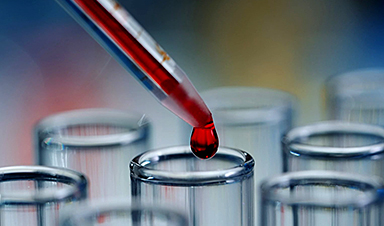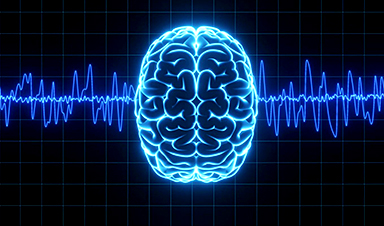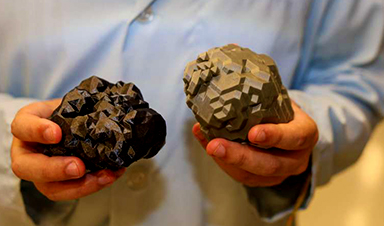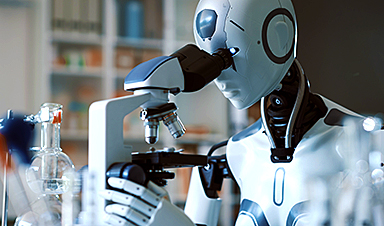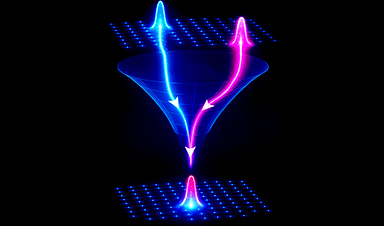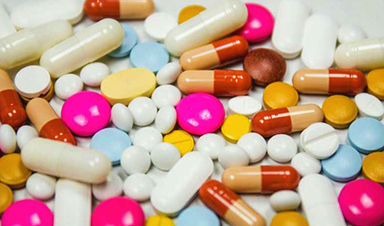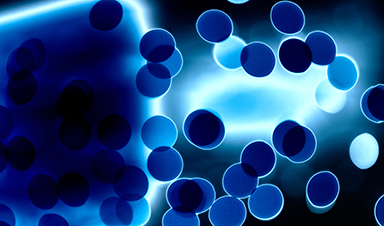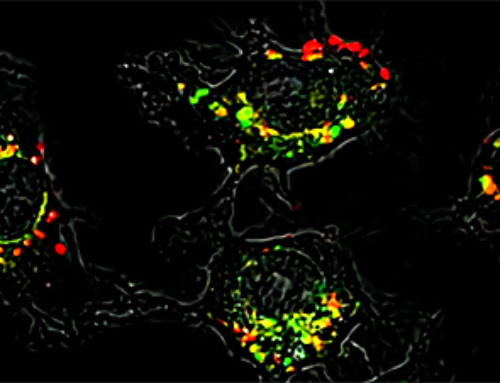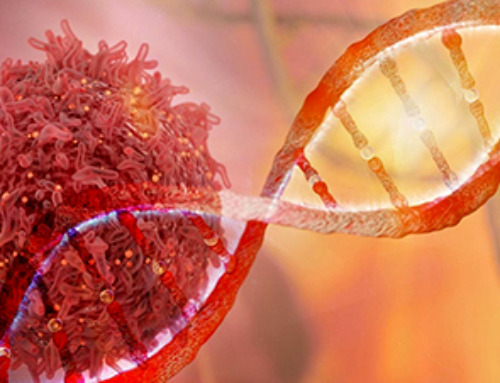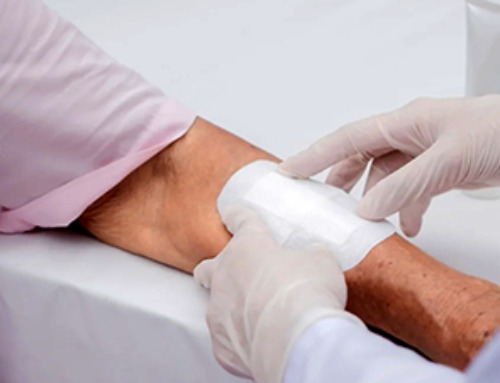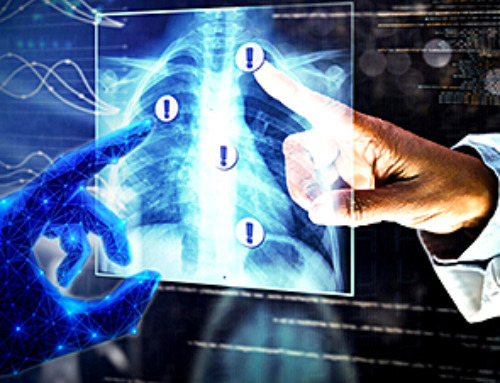Silver-based nanoparticle presence in everyday items has surged over the past decade. Silver is an efficient antibacterial agent but can harm the environment. A study published in the journal iScience aims to discern the relationship between microbial activity and silver, providing a means for limiting the unintended environmental impact of silver-based nanoparticles
Silver – An Effective Antibacterial Agent
Silver’s antimicrobial qualities have been known for centuries. Silver containers were revered for their capacity to keep dairy items from spoiling, and the Greeks employed silver creams to treat wound infections. Several commercial goods now use silver, although in a much more effective form.
Silver-based nanoparticles used in fabrics are advertised for their excellent resistance to odors. Medical supplies are readily layered with silver-based nanoparticles to restrict the growth of bacteria. Similarly, silver-based nanoparticles used in paints, countertops, and toys promise long-lasting antimicrobial characteristics.
Effects of Silver Nanoparticles on the Ecosystem
The generation of silver-based nanoparticles currently exceeds 600 metric tons, with most of it contaminating the environment through wastewater and solid waste.
The uncontrolled exposure to silver-based nanoparticles is a rising issue since these nanoparticles may harm naturally existing bacteria, marine environments, and even human health. Therefore, the modification of silver-based nanoparticle toxicity may contribute to enhanced antimicrobial technology and may limit undesirable environmental consequences after disposal.
Controlling silver-based nanoparticle toxicity necessitates controlling nanoparticle dissolution. The duration of this dissolution process is defined by parameters such as pH, the amount of sulfide, dissolved oxygen, the quantity of natural organic matter, and ambient light.
Manipulating Silver’s Toxicity
Silver ions are hazardous to bacteria as they may attach to various proteins, causing their activities to be disrupted. When these silver ions are discharged due to particle breakdown, they account for the majority of the antibacterial activity of silver nanoparticles. No harm is found when all of the oxygen is removed.
Antimicrobial action may be significantly boosted if nanoparticle breakdown is encouraged by acidification. Attempting to manipulate the dissolution of silver-based nanoparticles by changing the aqueous-based solution, on the other hand, might be a daunting prospect for regulating the nanoparticle’s complete existence.
Structure-Activity Relationship (SAR)
The next logical progression in the research of silver-based nanoparticles is to develop a structure-activity relationship (SAR). The optimal SAR would use the structural properties of a silver-based nanoparticle, such as the particle’s dimensions, as input and forecast the dissolution of silver as well as antibacterial activity.
The nanoparticles themselves pose a problem in producing such data. The most common techniques for producing silver-based nanoparticles produce materials with uncontrolled surface characteristics, size, and shape—the accuracy of the activity-structure relationships is reduced.
Basis of the Research
The link between silver-based nanoparticle architecture, silver dissolution, and silver’s antibacterial action was defined by the team. Several synthetic approaches were created or changed to create a massive collection of nanoparticles with individually adjusted surface chemistries, dimensions, and shapes.
The collection of nanoparticles allowed the team to untangle the effect of each variable on the dissolution, demonstrating the link between structural factors and dissolution performance unequivocally.
The team investigated the dynamics and equilibrium behavior of silver-based nanoparticle dissolution utilizing conventional techniques to obtain numerical data for structural characteristics comparison. The team also assessed the antimicrobial ability of similar samples.
Results of the Study
Utilizing a collection of silver-based nanoparticles customized to demonstrate a broad variety of surface chemistries, sizes, and shapes, this study evaluated how silver-based nanoparticle properties affect antibacterial effectiveness and their environmental effect.
The team highlighted that when there is a greater surface area of silver accessible, there is more dissolved silver. Similarly, the team ascertained that tiny particles dissolve to a higher degree than bigger particles for a similar mass fraction of silver, as expected by their proportionately greater surface areas.
For almost all substances, the dissolution rate was proportionate to the amount of dissolution; the nanoparticles that dissolved quicker also dissolved to a greater degree.
The team concluded that these discoveries offer new insight into silver’s chemistry at the nanoscale, and help to make room for the effective and safe usage of silver-based nanoparticles.
News
New nanomedicine wipes out leukemia in animal study
In a promising advance for cancer treatment, Northwestern University scientists have re-engineered the molecular structure of a common chemotherapy drug, making it dramatically more soluble and effective and less toxic. In the new study, [...]
Mystery Solved: Scientists Find Cause for Unexplained, Deadly Diseases
A study reveals that a protein called RPA is essential for maintaining chromosome stability by stimulating telomerase. New findings from the University of Wisconsin-Madison suggest that problems with a key protein that helps preserve chromosome stability [...]
Nanotech Blocks Infection and Speed Up Chronic Wound Recovery
A new nanotech-based formulation using quercetin and omega-3 fatty acids shows promise in halting bacterial biofilms and boosting skin cell repair. Scientists have developed a nanotechnology-based treatment to fight bacterial biofilms in wound infections. The [...]
Researchers propose five key questions for effective adoption of AI in clinical practice
While Artificial Intelligence (AI) can be a powerful tool that physicians can use to help diagnose their patients and has great potential to improve accuracy, efficiency and patient safety, it has its drawbacks. It [...]
Advancements and clinical translation of intelligent nanodrugs for breast cancer treatment
A comprehensive review in "Biofunct. Mater." meticulously details the most recent advancements and clinical translation of intelligent nanodrugs for breast cancer treatment. This paper presents an exhaustive overview of subtype-specific nanostrategies, the clinical benefits [...]
It’s Not “All in Your Head”: Scientists Develop Revolutionary Blood Test for Chronic Fatigue Syndrome
A 96% accurate blood test for ME/CFS could transform diagnosis and pave the way for future long COVID detection. Researchers from the University of East Anglia and Oxford Biodynamics have created a highly accurate [...]
How Far Can the Body Go? Scientists Find the Ultimate Limit of Human Endurance
Even the most elite endurance athletes can’t outrun biology. A new study finds that humans hit a metabolic ceiling at about 2.5 times their resting energy burn. When ultra-runners take on races that last [...]
World’s Rivers “Overdosing” on Human Antibiotics, Study Finds
Researchers estimate that approximately 8,500 tons of antibiotics enter river systems each year after passing through the human body and wastewater treatment processes. Rivers spanning millions of kilometers across the globe are contaminated with [...]
Yale Scientists Solve a Century-Old Brain Wave Mystery
Yale scientists traced gamma brain waves to thalamus-cortex interactions. The discovery could reveal how brain rhythms shape perception and disease. For more than a century, scientists have observed rhythmic waves of synchronized neuronal activity [...]
Can introducing peanuts early prevent allergies? Real-world data confirms it helps
New evidence from a large U.S. primary care network shows that early peanut introduction, endorsed in 2015 and 2017 guidelines, was followed by a marked decline in clinician-diagnosed peanut and overall food allergies among [...]
Nanoparticle blueprints reveal path to smarter medicines
Lipid nanoparticles (LNPs) are the delivery vehicles of modern medicine, carrying cancer drugs, gene therapies and vaccines into cells. Until recently, many scientists assumed that all LNPs followed more or less the same blueprint, [...]
How nanomedicine and AI are teaming up to tackle neurodegenerative diseases
When I first realized the scale of the challenge posed by neurodegenerative diseases, such as Alzheimer's, Parkinson's disease and amyotrophic lateral sclerosis (ALS), I felt simultaneously humbled and motivated. These disorders are not caused [...]
Self-Organizing Light Could Transform Computing and Communications
USC engineers have demonstrated a new kind of optical device that lets light organize its own route using the principles of thermodynamics. Instead of relying on switches or digital control, the light finds its own [...]
Groundbreaking New Way of Measuring Blood Pressure Could Save Thousands of Lives
A new method that improves the accuracy of interpreting blood pressure measurements taken at the ankle could be vital for individuals who are unable to have their blood pressure measured on the arm. A newly developed [...]
Scientist tackles key roadblock for AI in drug discovery
The drug development pipeline is a costly and lengthy process. Identifying high-quality "hit" compounds—those with high potency, selectivity, and favorable metabolic properties—at the earliest stages is important for reducing cost and accelerating the path [...]
Nanoplastics with environmental coatings can sneak past the skin’s defenses
Plastic is ubiquitous in the modern world, and it's notorious for taking a long time to completely break down in the environment - if it ever does. But even without breaking down completely, plastic [...]
